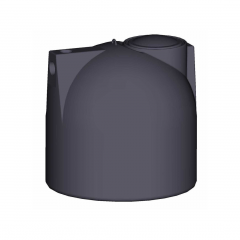6015
Septic tank - water valves from 1000 to 2000 L in PE
Wastewater is collected in the all-pit. The suspended solids are sedimented and fermented. Over time, this volume decreases and stabilizes. On the surface, the greases are trapped and these become hydrolyzed and constitute the "hat".
The device will be buried outside the building. In general, refer to Experimental Standard XPP 16-603 for the implementation of autonomous sanitation devices. The lid should arrive at ground level. The bottom of the excavation must be perfectly flat and covered with a minimum of 10 cm of sand. Put the unit in place and adjust the piping levels. Fill the unit with water and backfill with washed sand to the top generator of the unit. If the manhole is to be raised, use only polyethylene extensions.
If the water level, finished inlet / floor, is less than 50 cm, the backfill above the appliance may be made with sand.
If the water-in-the-ground ratio is more than 50 cm, or when passing vehicles within 3 meters, a reinforced concrete slab should be constructed just above generator of the device.
This slab will have to rest on the ground stabilized and not stirred and will have to be able to withstand the loads.
When the protective slab is dry, finish the backfill with the material of your choice.
In accordance with the interministerial decree of 6 May 1996, Article 5, a drainage should be carried out every 4 years minimum.
After each emptying, immediately return the appliance to water. Do not drain appliances during periods of high rainfall.
Connect the DN 100 ventilation according to experimental standard XPP 16-603.
This leaflet applies only in the case of horizontal, stabilized, non-floodable and non-water table soil. For other cases, this leaflet can not be used. Please consult our Design Office.









